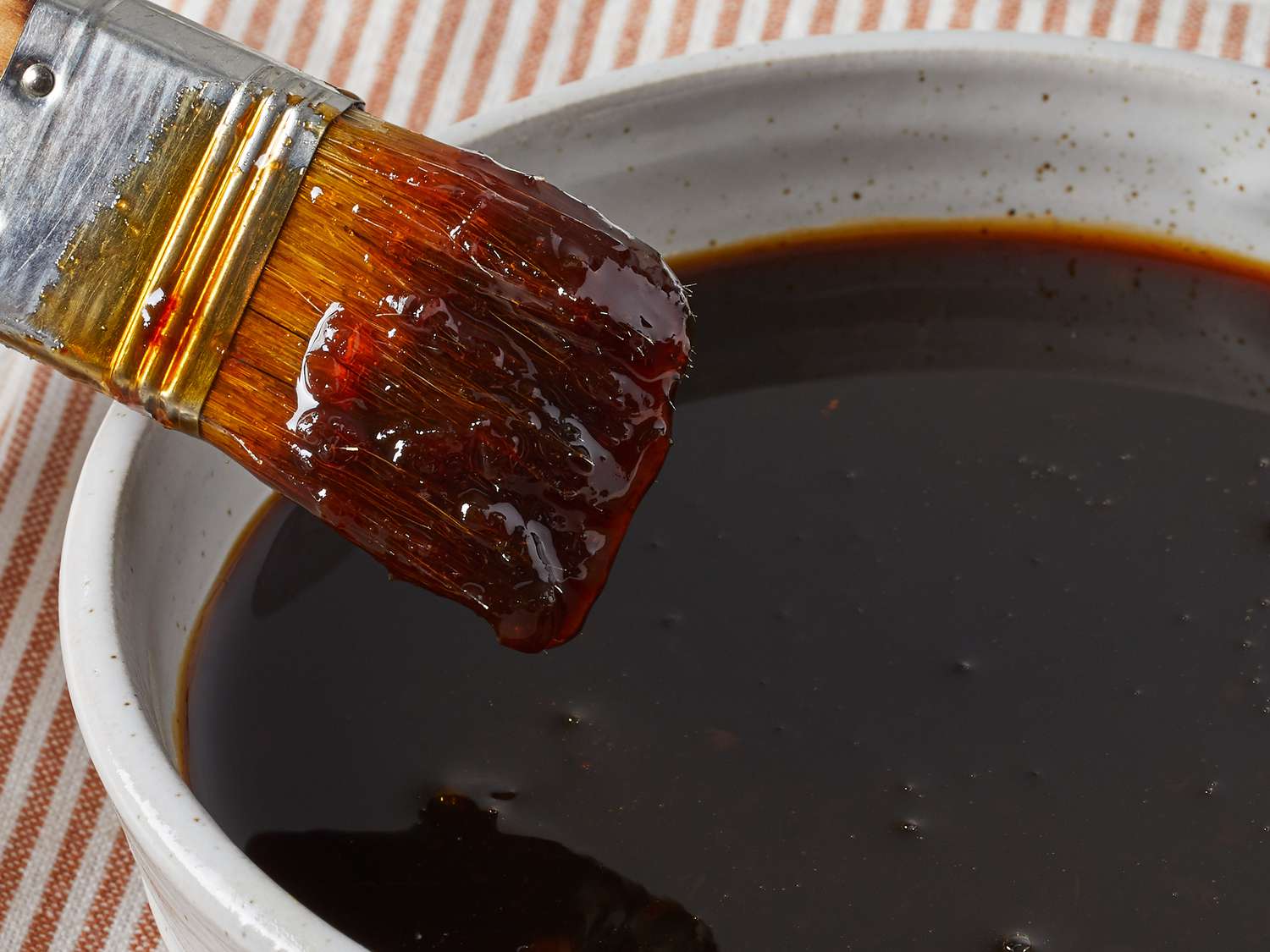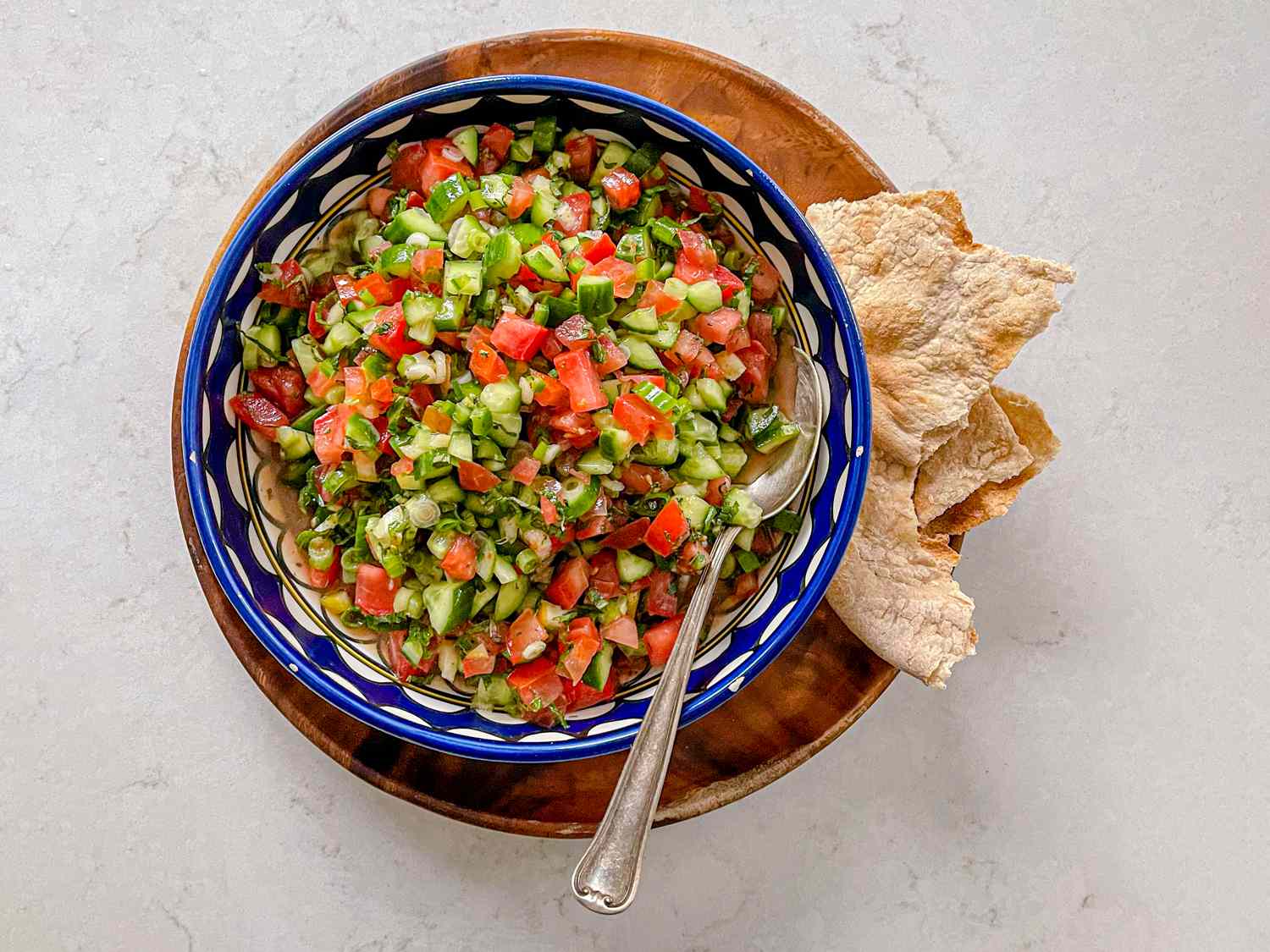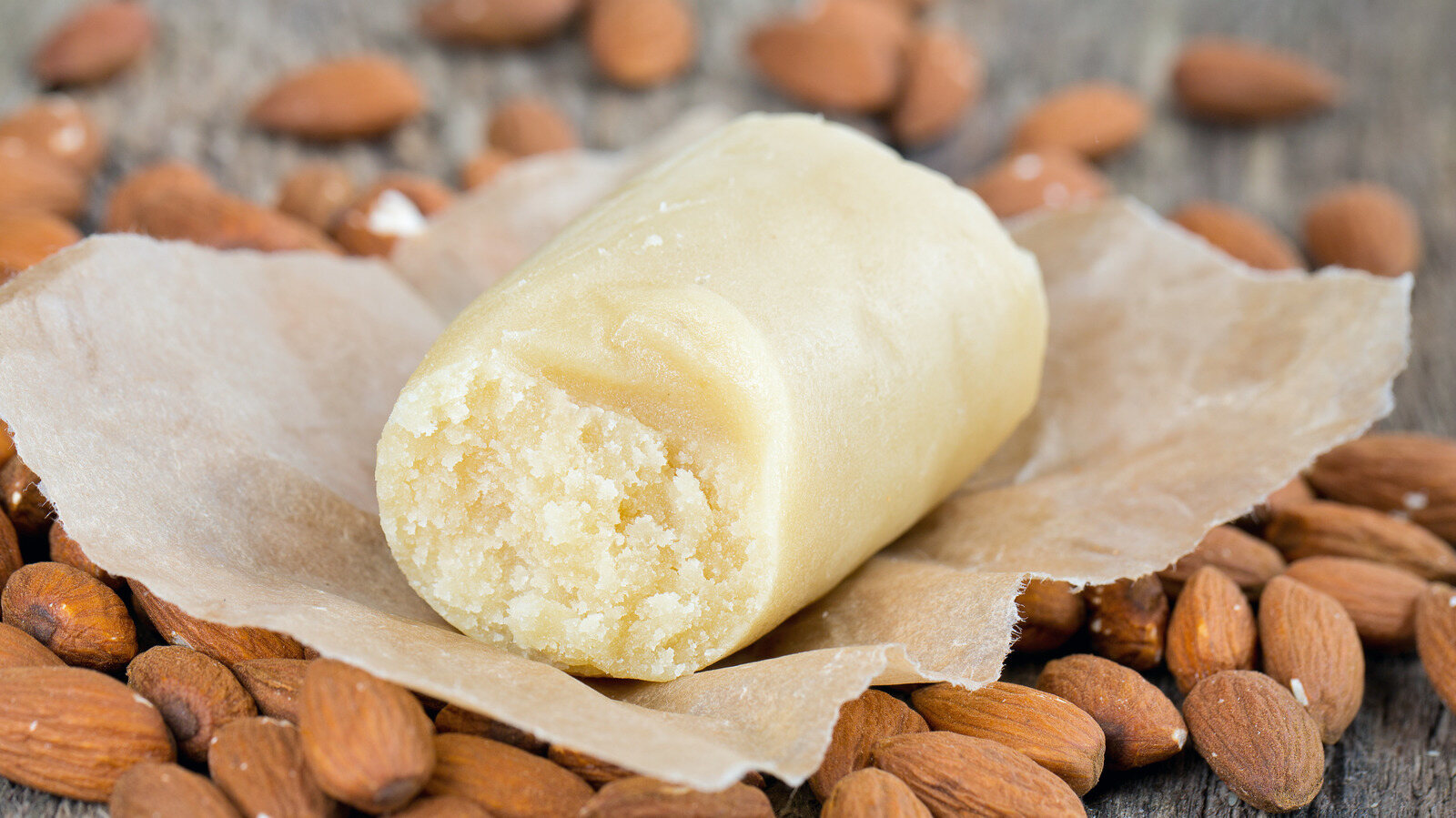Discovering the Delightful Flavor of Ponzu
Are you a fan of Japanese cuisine? If so, you may have come across a versatile and flavorful condiment known as Ponzu. This tangy and savory sauce has been a staple in Japanese cooking for centuries, adding a burst of umami and acidity to a wide range of dishes. In this article, we’ll explore the origins of Ponzu, its key ingredients, and how it can be used to elevate your culinary creations.
Origins and Ingredients
Ponzu is a traditional Japanese sauce that is believed to have originated in the Edo period. It is made by combining citrus juice, typically from yuzu fruit, with soy sauce and other ingredients such as mirin (a sweet rice wine) and bonito flakes (dried, fermented fish). The result is a well-balanced and complex flavor profile that is both tangy and savory, making it a perfect complement to a variety of dishes.
Flavor Profile and Uses
The flavor of Ponzu can be described as a harmonious blend of citrusy brightness and deep umami notes. Its versatility makes it a popular choice for enhancing the taste of numerous dishes. Here are some common uses of Ponzu:
- As a dipping sauce for sushi and sashimi
- Marinade for grilled meats and seafood
- Drizzle over salads or steamed vegetables
- Flavor booster for stir-fries and noodle dishes
Its ability to add depth and complexity to both hot and cold dishes makes Ponzu a valuable addition to any kitchen.
Health Benefits
Besides its delicious flavor, Ponzu also offers some health benefits. Yuzu, the citrus fruit commonly used in Ponzu, is rich in vitamin C and antioxidants, which can help boost the immune system and promote overall well-being. Additionally, the presence of soy sauce in Ponzu provides a source of protein and amino acids, making it a nutritious choice for flavoring your meals.
How to Make Ponzu at Home
If you’re feeling adventurous and want to try making Ponzu from scratch, here’s a simple recipe to get you started:
- Combine 1 cup of soy sauce, 1/2 cup of freshly squeezed yuzu juice (or a combination of lemon and lime juice), 1/4 cup of mirin, and a small handful of bonito flakes in a saucepan.
- Heat the mixture over low heat, stirring occasionally, for about 10 minutes. Be careful not to let it boil.
- Once the flavors have melded together, remove the saucepan from the heat and let the Ponzu cool to room temperature.
- Strain the sauce through a fine-mesh sieve to remove the bonito flakes, then transfer it to a clean, airtight container for storage.
Homemade Ponzu can be stored in the refrigerator for up to a month, allowing you to enjoy its delightful flavor whenever the craving strikes.
Final Thoughts
Ponzu is a true culinary gem that adds a unique and delightful flavor to a wide range of dishes. Whether you use it as a dipping sauce, marinade, or flavor enhancer, its tangy and savory profile is sure to elevate your culinary creations. So, the next time you’re looking to add a burst of umami to your meal, consider reaching for a bottle of Ponzu and let its deliciousness speak for itself.
Was this page helpful?
Read Next: What Is Lynchburg Lemonade











